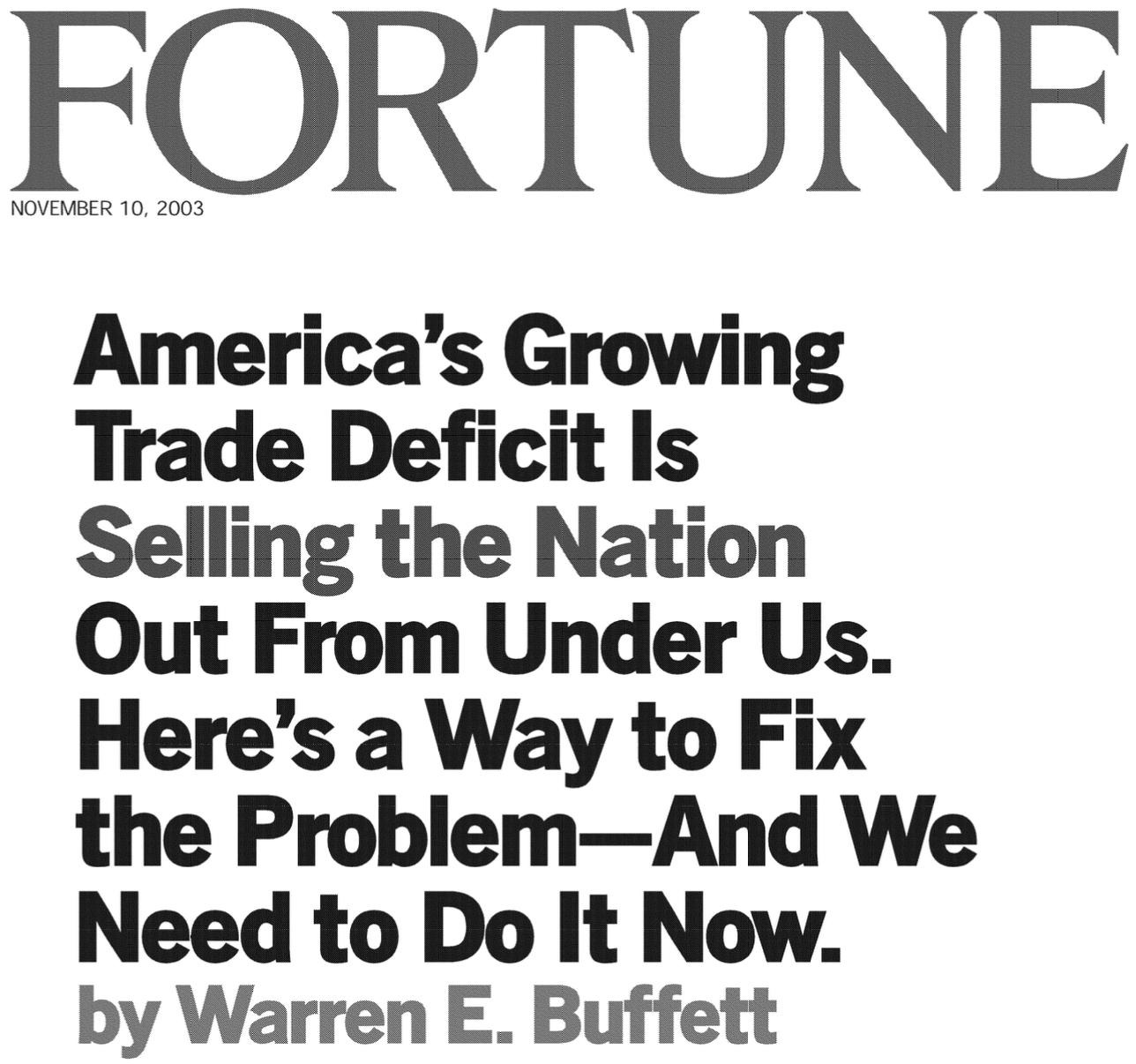On May 3rd, at the annual Omaha meeting — a kind of capitalist pilgrimage — an old idea re-emerged like a ripple from the past: Import Certificates, or ICs.
Warren Buffett proposed it back in 2003. It was quiet then, ignored even. But now, two decades and a few trade wars later, it is beginning to sound wise — less like policy and more like a compass pointing north.

Here is how the IC works.
For every $1 an American company exports, it earns an Import Certificate. Anyone who wants to import $1 worth of goods must buy one. No IC, no import. These certificates trade freely, like carbon credits, their price rising or falling with the tide of trade.
The result? A market-balanced system. The total value of imports can’t exceed exports, because ICs are issued based on exports. Trade deficits vanish.
And there is a quiet beauty to it: no one gets punished. No country is targeted. No shouting, no tariffs. Just a self-correcting loop. A steel company, for instance, can lower its prices thanks to the added IC income, becoming more competitive abroad without triggering retaliation.
Of course, nothing comes free. Import prices rise. Consumers pay more. But once exports increase, the price of ICs falls. The system winds itself down.
The concept echoes work of Friedrich List, a 19th-century German economist who challenged Adam Smith. While Smith imagined a seamless world — no nations, no borders — List argued that real-world economics is messier, that countries, like people, grow in phases and need protection during their formative years.
In a world where a child competes against a grown man, “free” trade just means the stronger wins. A developing country imports everything, exports nothing, and slowly bleeds out.
List believed that protectionism wasn’t ideology, it was medicine. For countries still growing, or those drowning in trade deficits, it is not about closing doors. It is about holding them ajar until the foundation is strong.
Previously, critics asked if one certificate per dollar is too rigid. They worry about the machinery behind the system — how to issue, track, manage trillions of these tiny tokens of trade. And they are not wrong. The details matter.
Below is what can be done to address these issues, in a way.
In the beginning, 1.4–1.5 ICs would be issued per $1 exported. Let the system ease into it. And over 3 to 5 years, bring the ratio to 1.
Maybe the platform could be built on a blockchain. A system where ICs live not on paper, but as digital tokens. Where the Department of Commerce mints ICs and issues them to the exporter upon verified shipment. While importers redeem ICs at customs as they declare arriving shipments.
They could be traded on decentralized exchanges. A market built not to dominate but to serve. There could be expiration dates, perhaps 12 to 18 months. Smart contracts will automatically enforce expiration and burn unused tokens after their term ends.
It perhaps starts with a pilot program — one port, one industry. Maybe, for privacy, the tokens would for example be issued as Chaumian ecash by a blinded mint, allowing participants to conceal sensitive trade data.
It is not a perfect plan. No plan is. But sometimes, in economics as in life, it is not about perfection. It is about trying. Trying something that might work.
